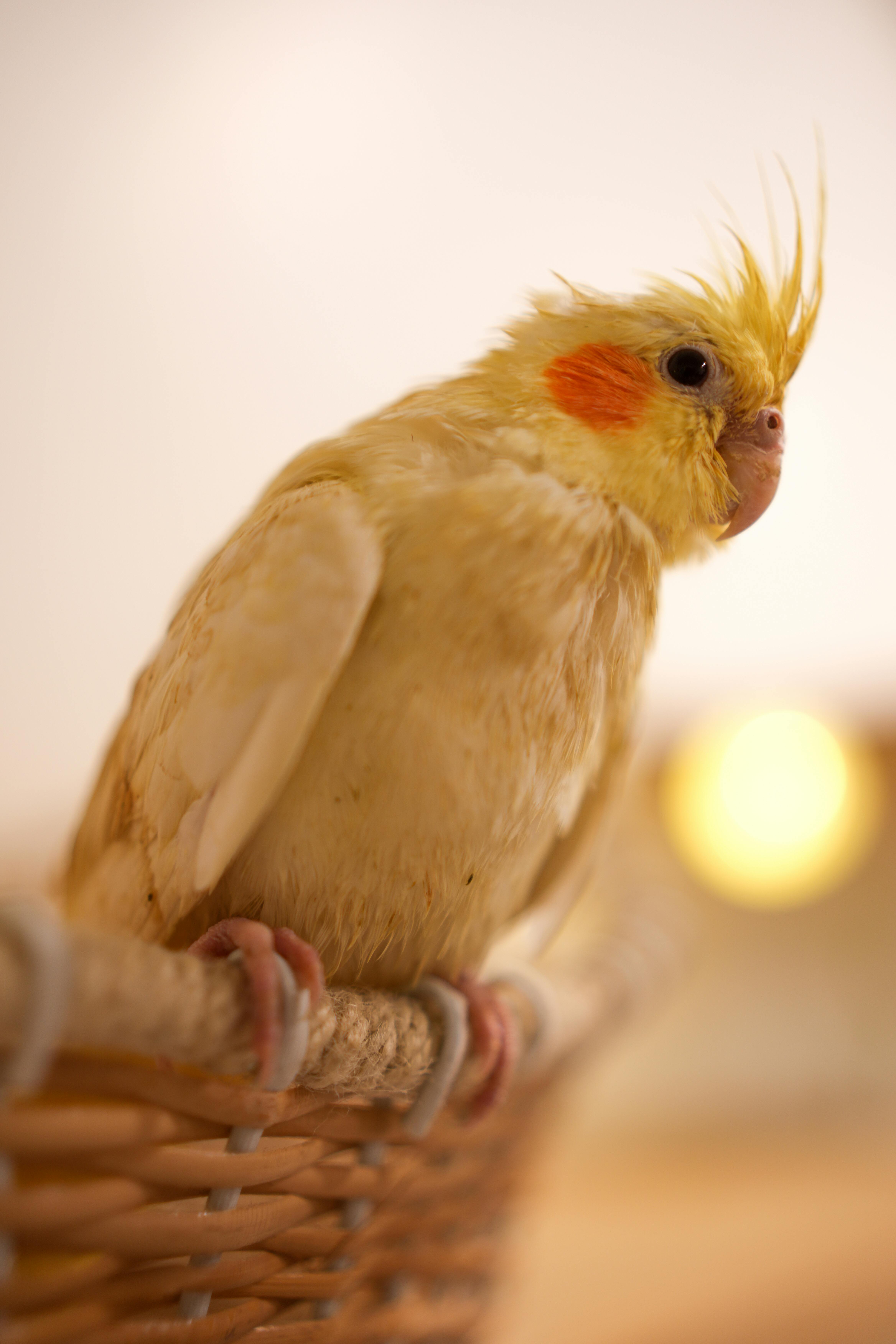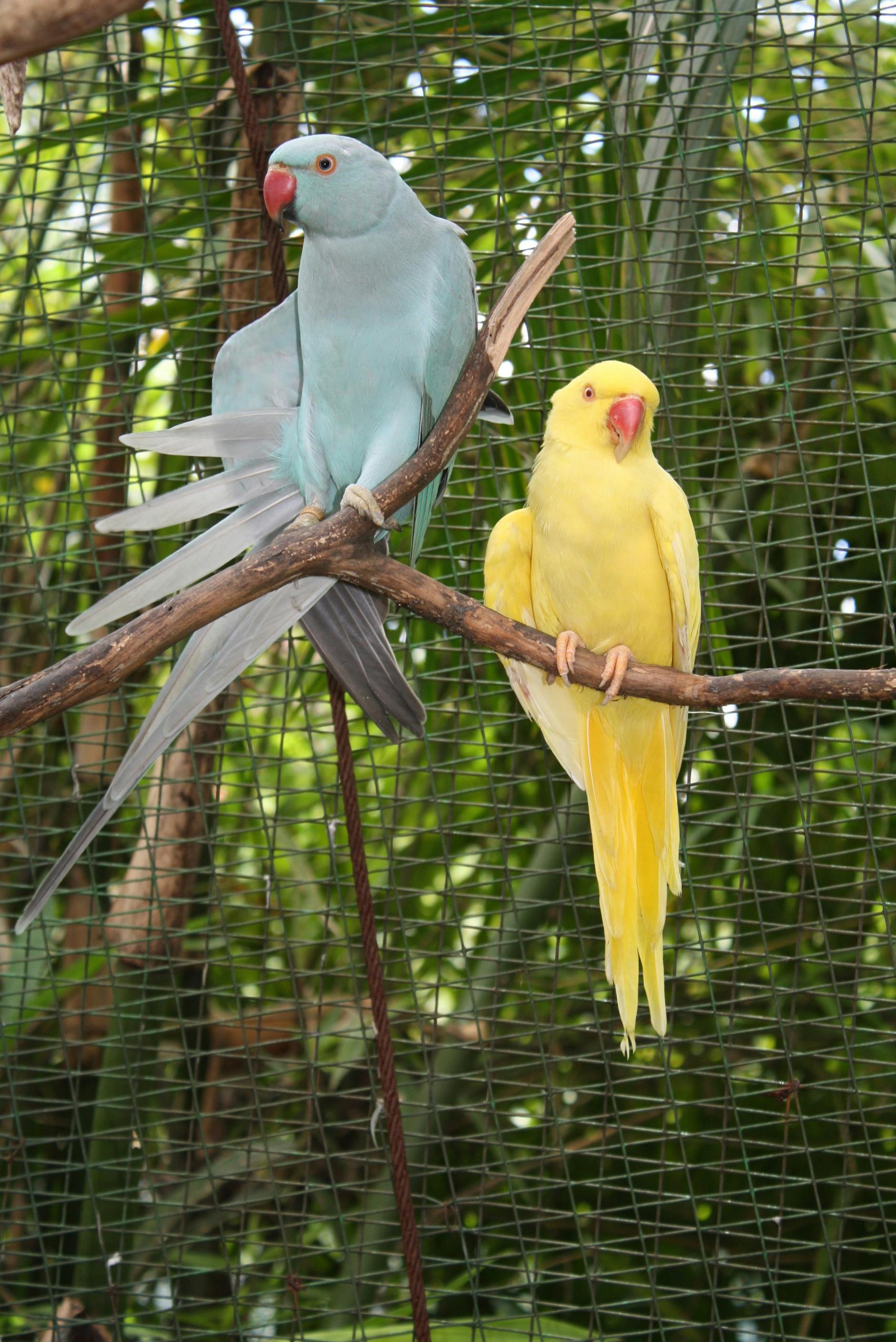Top 5 Essential Solutions for Caring for Your Indian Parrot in 2025
Caring for an Indian parrot can be a rewarding yet challenging endeavor. As one of the most vibrant and intelligent parrot species, the Indian parrot is a wonderful companion for bird enthusiasts. With their engaging personalities and playful behavior, these stunning tropical birds require proper care to thrive in a home environment. In this article, we will explore five essential solutions for ensuring your Indian parrot remains healthy, happy, and well-socialized in 2025.
This guide promises to provide valuable insights into parrot care, including dietary needs, habitat setup, behavioral training, and grooming practices. By understanding these key aspects, you will not only enhance the quality of life for your pet but also foster a strong bond built on trust and companionship. Let’s dive into the world of Indian parrot care!
Creating an Ideal Habitat for Your Indian Parrot
Building a suitable habitat is critical for your Indian parrot’s well-being. An enriching environment allows your pet to explore, play, and feel secure. It starts with understanding the ideal parrot habitat, which includes spacious enclosures, appropriate perches, and safe toys. This naturally leads us to explore the necessary features that should be included in the habitat.
Spacious Enclosure Design
An adequately sized cage is essential for the comfort of your Indian parrot. A larger space affords them the freedom to move and play, reflecting their natural behavior found in the wild. The enclosure should be at least 2 feet by 3 feet, but remember that bigger is always better. Use safe materials, and ensure that the bars are spaced closely enough to prevent escapism.
Natural Perches and Toys
Providing various perches made from natural wood allows your parrot to exercise their feet, mimicking their natural habitat. Elevate interests by including climbing ropes and interesting toys that promote daily mental stimulation. Regularly rotate toys to keep your parrot engaged and prevent boredom.
Environmental Enrichment
Incorporating different levels within the enclosure, along with hiding places and foraging toys, helps mimic natural settings. Consider offering your parrot safe avenues for exploration, such as bird-safe branches or hanging swings.
These enriching features not only contribute to your parrot’s physical health but also cater to their cognitive development. With the right habitat established, we can turn our attention to optimizing your Indian parrot’s diet for optimal health.

Optimizing Your Indian Parrot’s Diet
Nutrition plays a vital role in keeping your Indian parrot healthy and preventing common health issues. As their owner, understanding the essentials of a balanced parrot diet will be significantly beneficial. Feeding your parrot correctly ensures they receive the necessary vitamins and minerals for optimal energy and health.
Essential Foods for Parrots
A diet rich in fresh fruits, vegetables, and specially formulated pellet diets is crucial. High-quality pellets provide the base nutrition your pet parrot requires. Supplement these with fresh produce, such as leafy greens, carrots, and apples, while making sure to avoid toxic foods like avocado and chocolate.
The Importance of Fresh Water
Always provide fresh, clean water for your Indian parrot. Change the water daily to avoid bacterial growth and contamination. Birds can show signs of health issues through their drinking habits, so keep an eye on their water intake.
Feeding Schedule and Portion Control
Establishing a regular feeding schedule will help create a sense of routine for your parrot. Portion control is vital in maintaining a healthy weight and preventing obesity. Avoid leaving food out overnight as this can attract bacteria and pests.

By prioritizing nutrition, you’re setting the foundation for your Indian parrot’s health. With these dietary basics covered, let’s talk about behavioral training techniques that can foster a positive relationship between you and your pet.
Effective Behavioral Training Techniques
Training an Indian parrot involves understanding their natural behavior and communication patterns. Parrots are known for their intelligence and can learn various commands and tricks, making training both fun and beneficial. This leads us to discuss the effective techniques that can enhance your parrot’s learning experience.
Establishing Positive Reinforcement
Utilizing positive reinforcement is key in bird training. This technique involves rewarding your parrot with treats or praise for displaying desired behaviors. This not only encourages good habits but also fosters a trusting bond between you and your parrot.
Understanding Parrot Vocalizations
Indian parrots are known for their vocal abilities. Understanding your parrot’s vocalizations can help in interpreting their emotions and needs. Frequently talking and interacting with your bird can encourage them to mimic sounds, enhancing their vocal abilities and making training easier.
Common Training Mistakes to Avoid
It’s crucial to avoid yelling or using negative reinforcement during training. This can lead to fear and aggression, causing setbacks. Instead, focus on patience and consistency in your training sessions to build a positive learning environment.
Incorporating these behavioral strategies will help you communicate effectively with your Indian parrot. With training techniques established, let’s delve into grooming practices that support your pet’s overall well-being.
Essential Grooming Practices for Indian Parrots
Regular grooming is vital for maintaining your Indian parrot’s health and appearance. It encompasses feather care, nail trimming, and hygiene practices that contribute to their overall well-being. Let’s explore the essential grooming habits and their impact on your parrot’s health.
Feather Care and Molting
Understanding the molting process is essential for parrot owners. During molting, Indian parrots shed old feathers to make way for new growth. During this time, provide increased vitamins and minerals to support feather regrowth. Regularly checking for damaged feathers and removing them can also encourage proper feather maintenance.
Nail and Beak Maintenance
Nail trimming is another important grooming aspect. Long nails can lead to difficulties while climbing or walking. Regular beak checks are necessary as well; if they become too long, they can impede feeding behavior and health.
Bathing and Hygiene
Offer your Indian parrot opportunities for bathing, either through bird baths or misting with water. This not only keeps their feathers clean but also mimics their natural behaviors found in the wild. Proper hygiene is crucial for preventing avian diseases.
By maintaining these grooming practices, you’re ensuring your Indian parrot’s comfort and hygiene. With your parrot groomed and well-trained, the last essential aspect we must address is the importance of socialization.
The Importance of Socialization for Your Indian Parrot
Socialization is critical in nurturing a happy and well-adjusted Indian parrot. Birds are social creatures by nature and need interaction to thrive. Enhancing socialization helps reduce behavioral issues such as aggression and anxiety. Let’s look into how you can facilitate socialization through everyday practices.
Daily Interaction and Playtime
Spend quality time with your parrot daily to strengthen your bond. Interaction through play, talking, and gentle handling encourages trust and companionship. Scheduling consistent playtime outside of their cage can also foster their mental stimulation and happiness.
Introducing New Experiences
Exposing your parrot to new sounds, environments, and toys helps in developing a well-rounded personality. Integrating stimulation through activities such as bird-safe swings or play stands fosters exploration and confidence.
Understanding Parrot Body Language
Learning to read your parrot’s body language will enhance your interactions. Look for signs of comfort or discomfort, as understanding their cues will help you better respond to their needs and foster a secure environment.
By prioritizing socialization, you ensure that your Indian parrot not only remains engaged but also experiences a high quality of life. Proper care, diet, training, grooming, and socialization are fundamental to your pet’s overall happiness and health. For further insights on avian care and exotic pets, explore more on our website.
For additional reading and resources on bird care, visit the following links: Parrot Care and Habitat Considerations and Understanding Parrot Nutrition and Diet.
